
Cleaning up
Most of us practically live in our kitchens, but if we’re not careful bacteria can take up residence there too, says cleaning pro Laura Dellutri, author of Speed Cleaning 101. “It’s the busiest germ factory in your house.” Here, how to fight back.
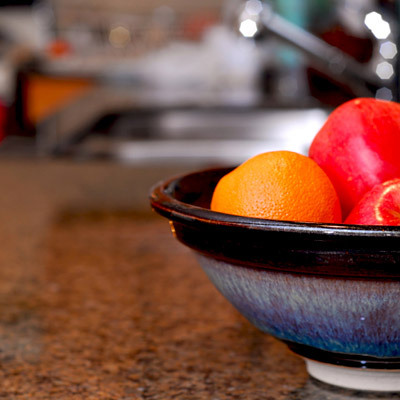
Countertop
The problem: You bake a cake and spill some batter with raw egg in it, and don’t get it all wiped up. Later you make a turkey sandwich on the same spot.Fix: Use a disinfecting wipe or spray after any food prep to kill lingering bacteria. To truly banish the yucky stuff, the cleanup-product label should say that it kills 99.9% of germs and bacteria, Dellutri says.
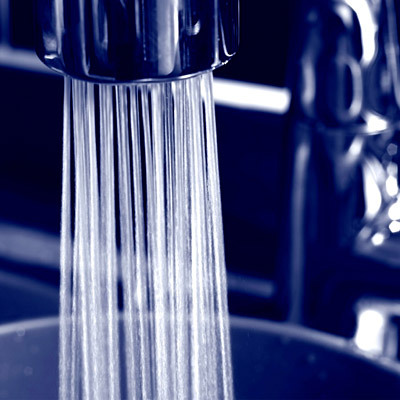
Faucet filter
The problem: You bump the dirty dishrag against the faucet as you?re rinsing it out, or dirty water or food splashes up on it. Bacteria can grow, and so can lime-scale residue if you have hard water.Fix: Take out the filter and soak it in white vinegar overnight once a week.

Cutting board
The problem: It’s used for everything from chopping scallions to slicing roast beef.Fix: After washing with hot soapy water and rinsing, spray the board with a mixture of one teaspoon of bleach to 16 ounces of water that you keep in a clearly labeled spray bottle. Then rinse the board with hot water or toss it in the dishwasher on high.
The “cleanest” boards? Dellutri says glass or plastic are best because they’re nonporous and most resistant to germs. If you love wood, choose the dishwasher-safe kind that’s been treated with Microban, an antimicrobial compound. Whatever the material, throw out your board if it’s very worn or has lots of knife-cut indentations on it; they can trap bacteria.
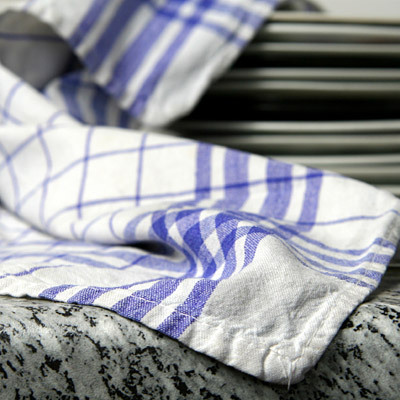
Dish towel
The problem: You rinse your pieces of chicken and wipe your hands on the towel before continuing to cook. Salmonella alert!Fix: During food prep with raw meat, use paper towels (not cloth) and toss them. And wash hands immediately with soap and water.

Knife block
The problem: You use a knife to clean a piece of fish, then rinse it and return it—wet—to the knife block. That can cause mold, which can grow in just 24 to 48 hours.Fix: Scrub your knives with dish-washing liquid and hot water, then wipe them thoroughly with a dry cloth before putting them into the knife block. Better yet, keep your knives in a drawer or on a magnet strip.
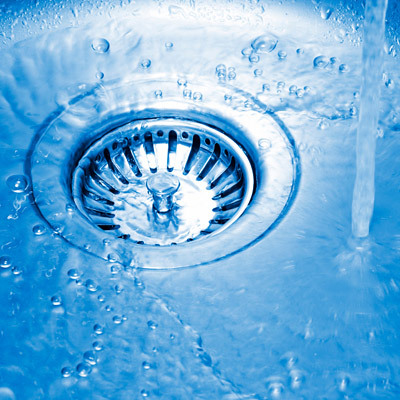
Sink
The problem: All the stuff you rinse in the sink?shrimp, the turkey?leave behind bacteria, juices, and blood.Fix: Disinfect with bleach and water right after you?ve cooked with raw meat, eggs, or poultry.
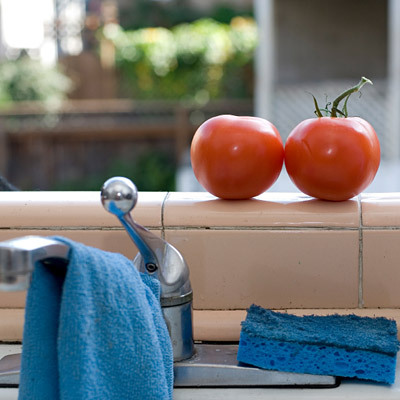
Sponge
The problem: You use it to wipe up everything from crumbs to meat juices—and then put it back in a holder or on the edge of the sink.Fix: Clean your sponges every few days by soaking them in a bowl of water with one teaspoon of bleach. Or zap the dirty sponge in the microwave (place it in a bowl and cover it with water) for two to three minutes. (Don’t do this if the sponge has a metal scrubber side).
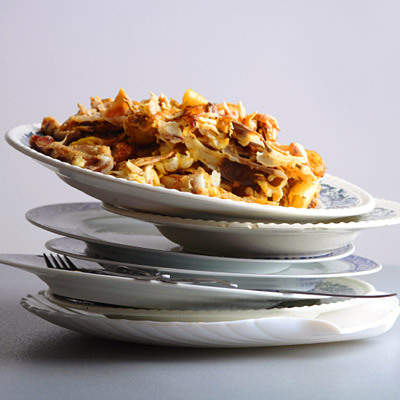
Those leftovers
The problem: While you’re busy cleaning the kitchen, the leftovers sit out too long.Fix: Stick ’em in the fridge right away. If they’re warm, leave the lid off to chill faster. Food that’s between 40 and 140 degrees F allows bacteria to grow much faster; the goal is to get leftovers below 40 degrees as quickly as possible. After reheating, stir, and use a thermometer to make sure they’re 165 degrees, the temp at which bacteria is killed.
http://www.health.com
 1:48 PM
1:48 PM
 About the World
About the World


1 comments:
Proper training on food hygiene - with the help of several online food hygiene training that will make people become aware of the things that they should take note of when dealing with proper handling and distribution of foods to the tables of their homes or to restaurants.
Post a Comment